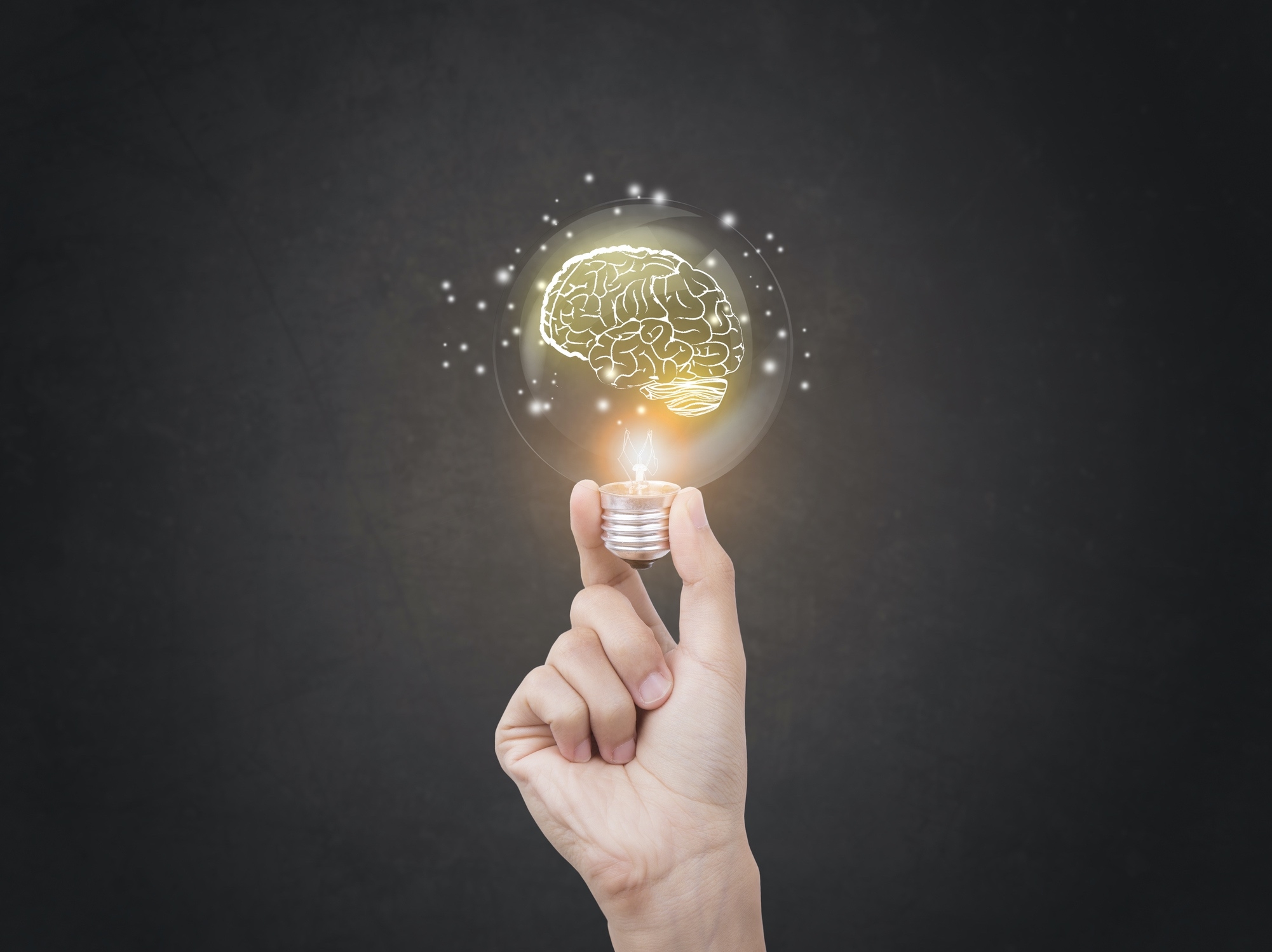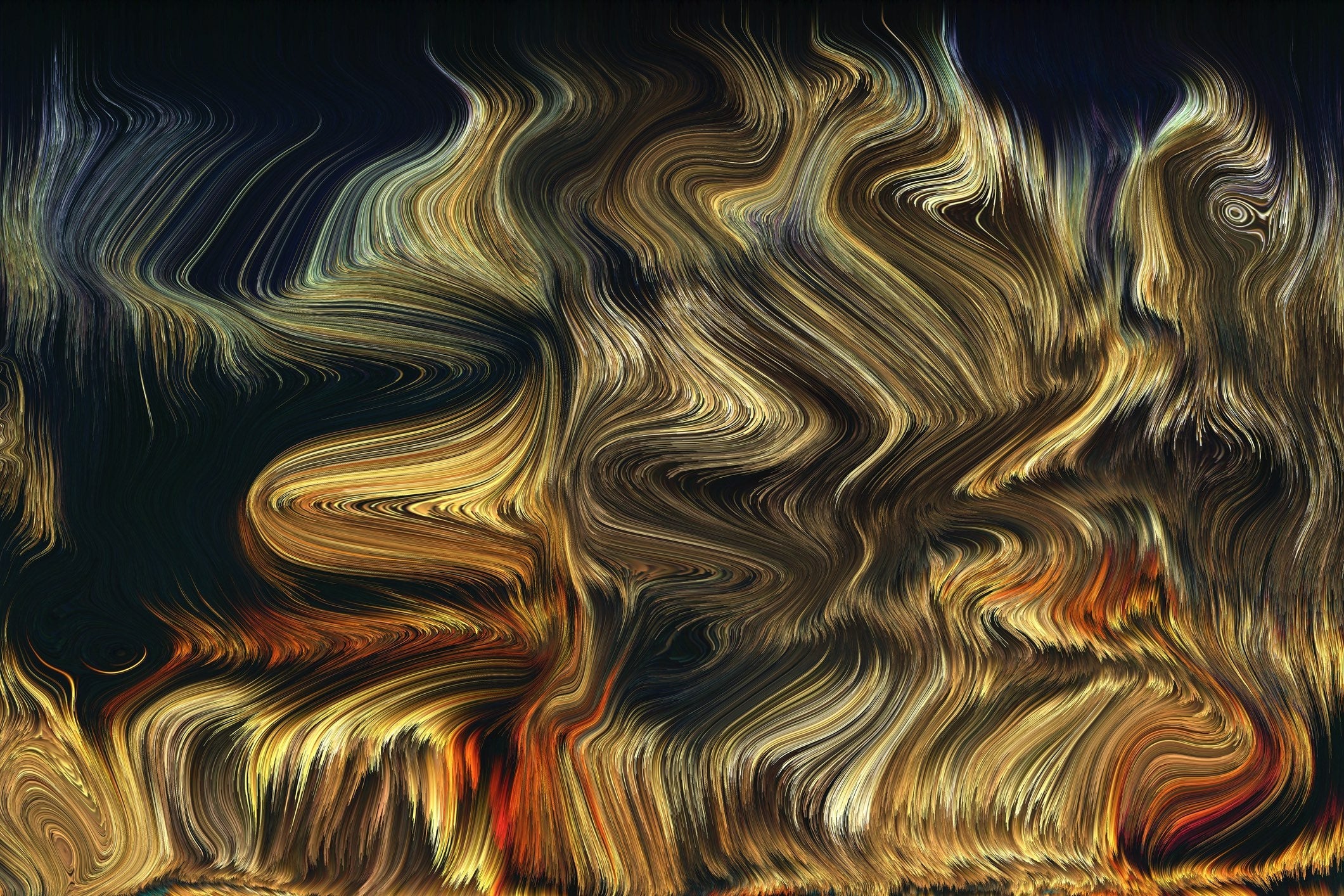What's Current in
Physics + Astronomy
Image

Photo Credit
Jeff Liang
Professors Andrew Jayich, left, and Jon Schuller
Image

Photo Credit
Rana Amini/Campàs Lab
Microscopy image of a developing zebrafish retina, with cell nuclei (blue) and membranes (yellow) shown
Image
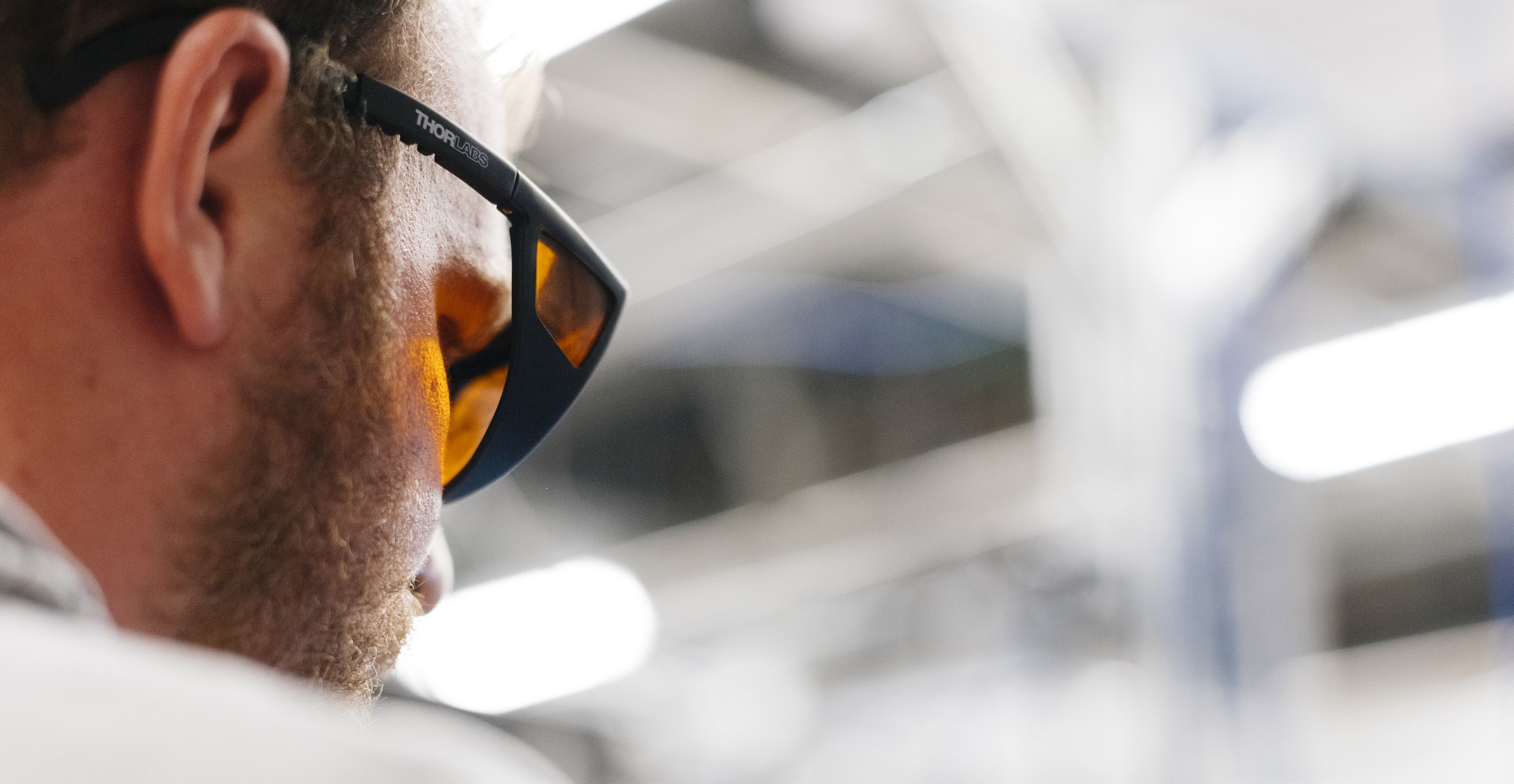
Photo Credit
Elena Zhukova
Image
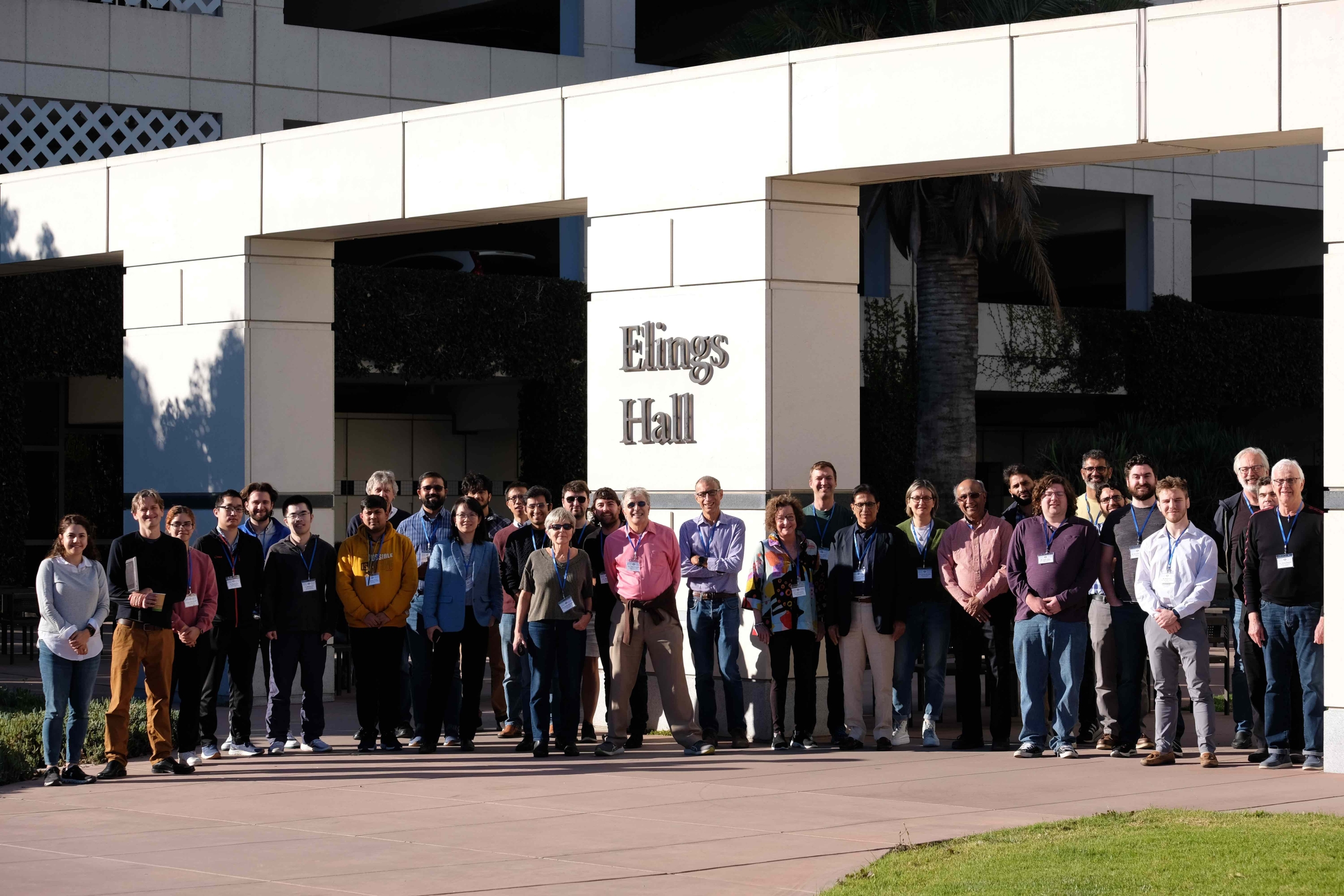
Photo Credit
Kelsey Leonard
Scientists from a broad range of disciplines converged on the UCSB campus for the Institute of Complex and Adaptive Matter's annual Week of Science
Image
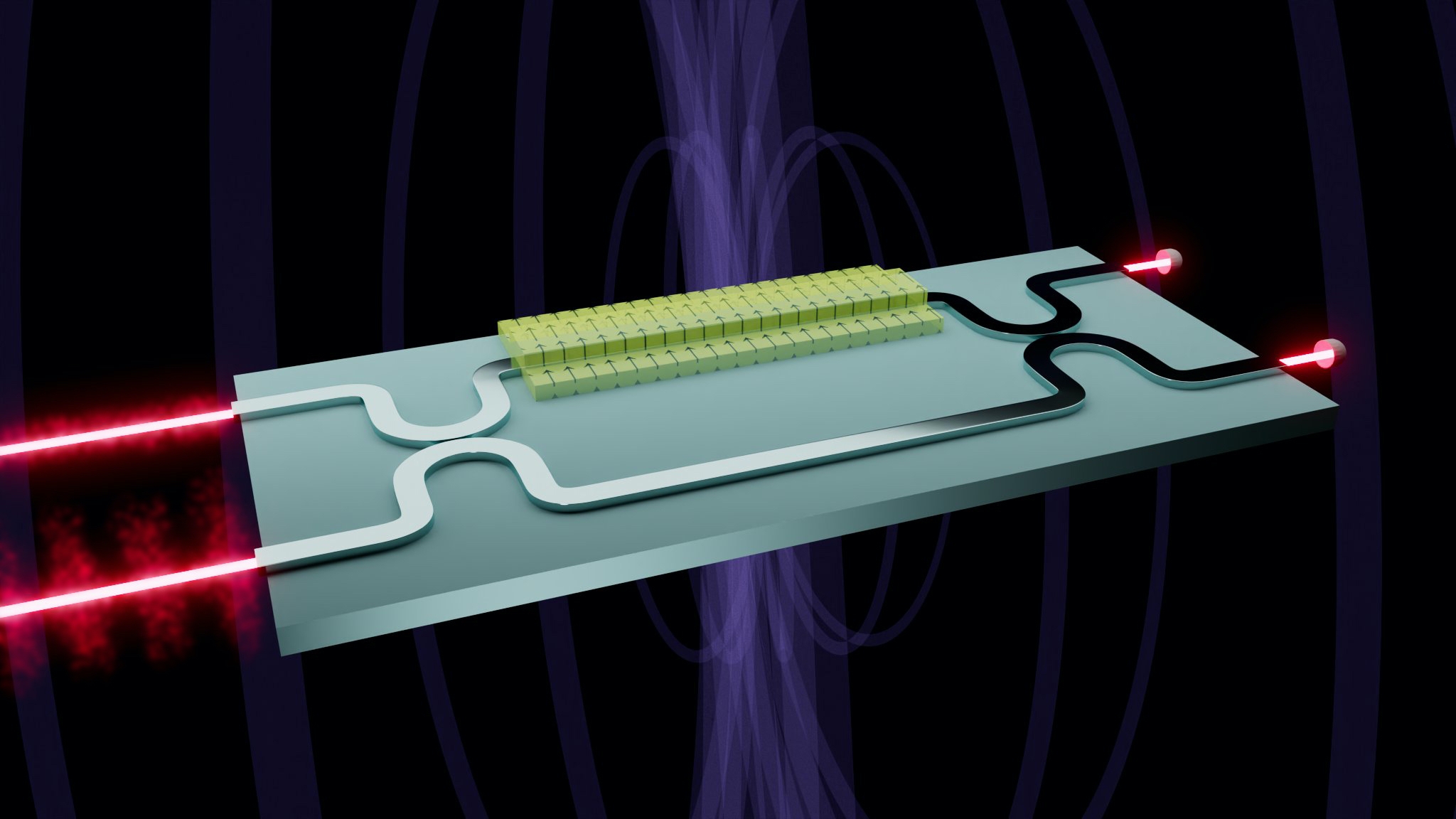
Photo Credit
Brian Long
A quantum magnetometer on a chip
Image
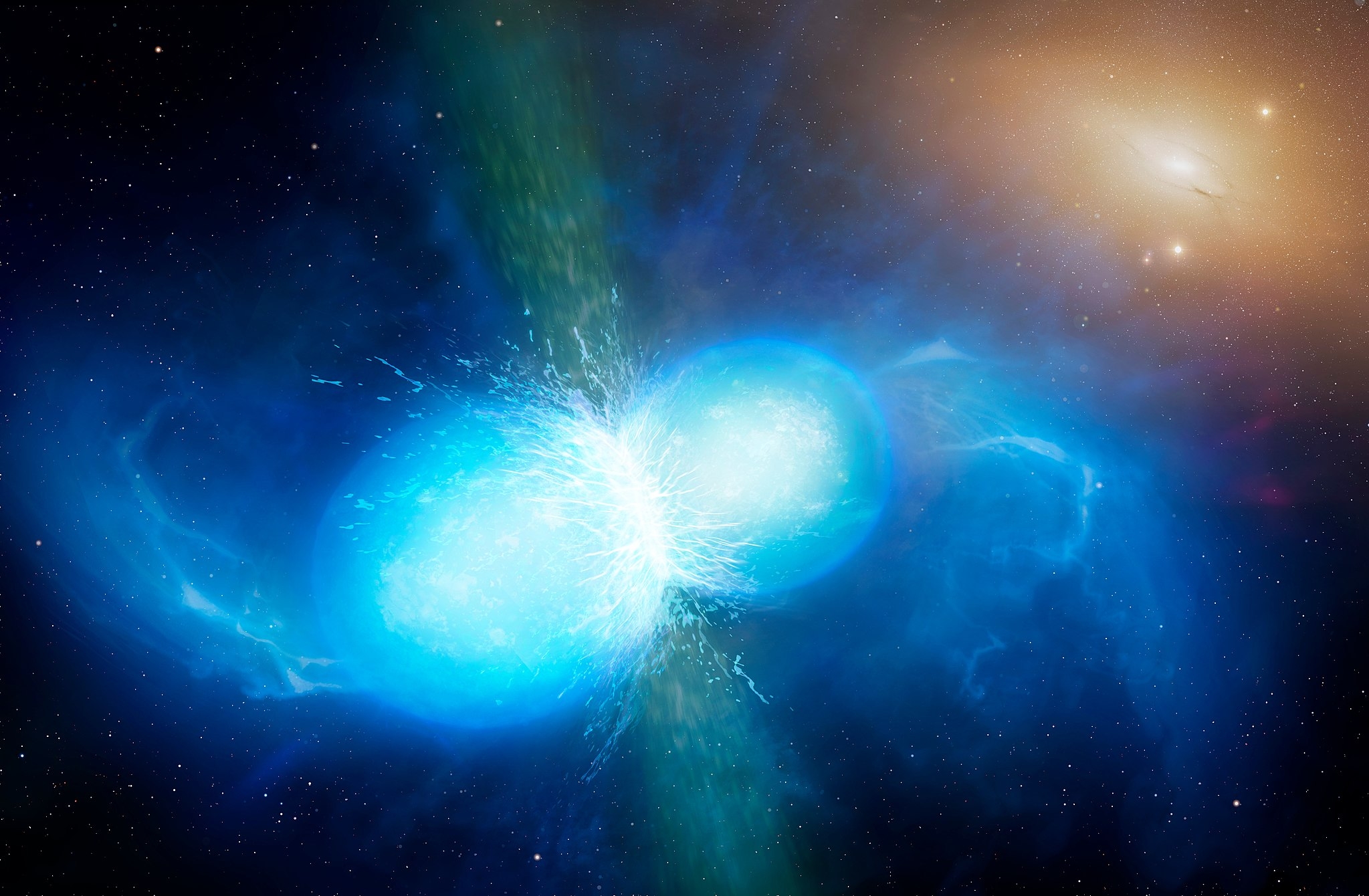
Photo Credit
University of Warwick/Mark Garlick
Multi-messenger astronomy enabled scientists to observe merging neutron stars for the first time in 2017 (artist’s impression).


